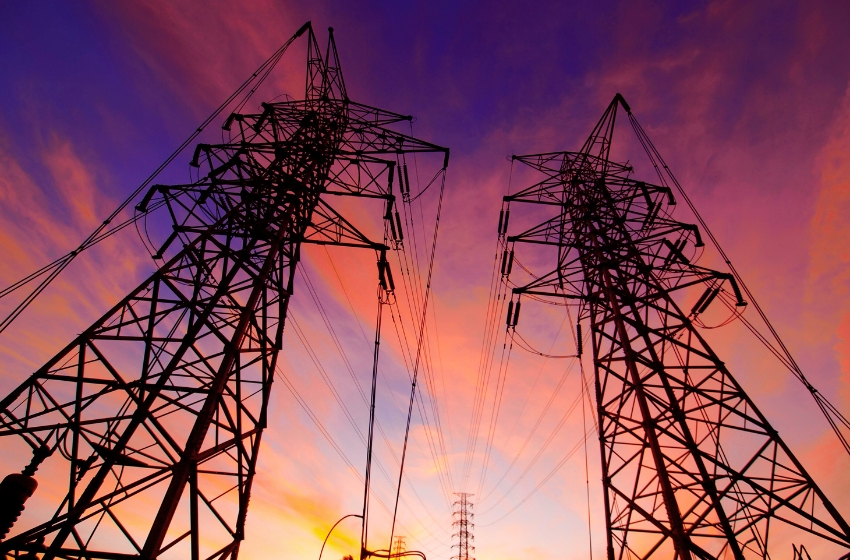In the first half of April, electricity prices in Ukraine surpassed those in neighboring countries such as Poland, Romania, Hungary, and Slovakia. They are 34% higher than in Germany and 3.5 times higher compared to Sweden.
This situation with energy resources in Ukraine is explained by significant damage to its energy infrastructure due to Russian attacks. According to the Ministry of Energy, last year this resulted in a loss of about 10 GW of generating capacity, and energy workers managed to restore about half of it. This situation leads to a significant dependency on imported electricity. Currently, the price of imported energy determines domestic energy prices in Ukraine.
According to the "Market Operator," the weighted average price of electricity on the day-ahead market (DAM) in Ukraine in the first decade of April was 4,834.17 UAH/MWh (€104.6/MWh at the average euro-to-hryvnia exchange rate during this period).
Compared to the first decade of March, trading volumes on DAM decreased by 12.1% during April 1-10.
On most major European markets in the first half of April, the average weekly values, with some exceptions, were recorded at levels below €75/MWh. This was primarily due to a significant decline in gas futures and carbon emissions, as well as a decrease in demand.
In March 2025, Ukraine imported 272,000 MWh, which is an 11% increase from the previous month. However, on an annual basis, these volumes decreased by 40%. The main sources of imports during this period were Hungary (42%), Slovakia (19%), Poland (18%), and Romania (16%). In the first half of April, the majority of import volumes came from Hungary.
In 2024, electricity imports to Ukraine increased 5.5 times year-on-year, reaching 4.4 million MWh. Most of this import came from Hungary (39%), Slovakia (23%), Romania (18%), and Poland (14%).
One of the key problems currently identified by European steelmakers is energy prices, as their high level impacts not only steel and metal production but also entire European value-added industrial chains. According to GMK Center's estimates, 93% of steel in the EU is produced in countries where electricity prices are lower than in Ukraine, which significantly affects the competitiveness of domestic companies compared to steelmakers from other regions. This is especially painful for iron ore concentrate producers, as 60% of their production costs are tied to electricity.
It should be noted that in March 2025, the average monthly wholesale electricity prices in Europe on most markets significantly decreased. The decline was caused by a drop in demand, increased renewable energy production, and lower gas prices and CO2 emissions. In January-March 2025, the average quarterly electricity price on most major European markets exceeded €85/MWh.
"Competitiveness and the prospects for the recovery of the Ukrainian economy, industry, and metallurgy depend on the availability and cost of electricity. The European Commission and the governments of many EU countries have already recognized this and are implementing support programs. Ukrainian industry will not be able to ensure the recovery of the economy without affordable and stable electricity prices," noted Stanislav Zinchenko, director of GMK Center.




















